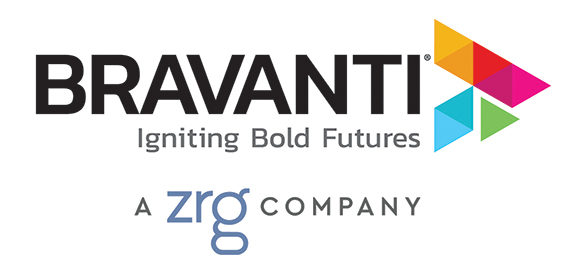By Susan Gallagher, President & CEO
As strong economic headwinds shape global markets, despite the ongoing COVID-19 uncertainty, business leaders are confident in optimistic macroeconomics indicators. PwC’s 2021 Annual Global CEO Survey revealed that 76 percent of CEOs anticipate global economic growth over the next 12 months.
By June 2021, global mergers and acquisitions (M&A) totaled $2.4 trillion, the highest year-to-date total since reporting began in 1980. According to Refinitiv data, more than 35,000 deals have been announced in 2021 so far. I wonder how many of them will succeed. Clearly organizations don’t execute a merger or acquisition intending it to fail, but according to Harvard Business Review, between 70 and 90 percent of mergers and acquisitions fail to create the value intended. The reasons for this failure rate are complex, and no two deals are the same, but it often comes down to priorities.
When two organizations combine, C-suite executives often focus on financial, operational, and technical priorities. Since we are left-brain, analytical thinkers, we tend to look at the people question as one of redundancy and position. This is a critical mistake for the future – and the culture – of the combined organization because, while there are many competing priorities, the people factor should be one of the highest. Integrating a comprehensive talent strategy into the combined organization will drive greater success.
Any combination needs a strategy around culture, talent, and outplacement. That strategy should not be a number- or position-driven strategy alone but rather a fresh look at two things:
- What are the key roles (maybe they don’t even exist pre-merger) that will be essential to achieving the future-state success?
- Who are the best resources in those roles?
A talent strategy based on skills, attributes, and future potential, aligned with the criteria for success in the key value-driver roles, will impact combination success.
M&A Talent Strategy: Culture
Both parties involved in a merger or acquisition should have a solid understanding of their individual cultures and the strengths (or weaknesses) they bring to the culture table.
This is essential to how quickly the new entity can implement change and boost engagement among employees who will be on the team going forward. Leadership must communicate the vision of the new culture and how the two entities will blend or change to help talent step up and drive the desired results.
M&A Talent Strategy: Talent
Putting the right teams together will have lasting impact on the company’s ability to achieve its financial and strategic business goals. Instead of thinking, “I need to eliminate one of these two positions because they do the same job,” think more along the lines of, “What are my critical value-add positions in the newly combined future state?” Identify the high-potential performers and team members with the attributes to play in the “new world” that’s being created.
M&A Talent Strategy: Outplacement
If workforce reductions are required, you will also need an outplacement strategy. In these scenarios, it’s paramount to treat your outgoing employees with kindness and respect, and to communicate well to all involved. Take a step back and ask, “What is the business goal?” and convey that to the team. Leaders should focus on communicating with their people, rather than to them, which will enhance your employer brand among both those who are staying and those leaving.
Smart Talent Strategies for M&A Success
Evaluating the talent implications of your unique business strategies will help you build alignment and create buy-in from important stakeholders, as well as prioritize investments to those areas most critical for business results. By combining the talents and skills of different people in different roles, the merged entity can drive a very different organization into the future.
This article was originally published in 2018 and has been updated to reflect the current M&A market. Portions of this article originally appeared on ChiefExecutive.net.
About Susan Gallagher
Susan Gallagher is the President & CEO of Bravanti, leading growth for the global executive coaching, leadership acceleration, and outplacement/career transition firm. Susan brings more than 35 years of experience in the professional services industry, with a strong track record of building high-performing leadership teams and growing organizations. Read more.
Content Related to Increase the Odds of M&A Success with a Smart Talent Strategy
Taking the Lead: What M&A Leaders Can Teach the World About Leading Through Change with Rob Brown, Managing Director & CEO North America at Lincoln International
Managing Change During a Rapid Acquisition Process

